August 28 hails the great British getaway as people look to make the most of the looser restrictions and three day weekend. But you’ll have to travel far to escape the crowds this Bank Holiday. Follow our guide to the best, most far flung places.
North Norfolk
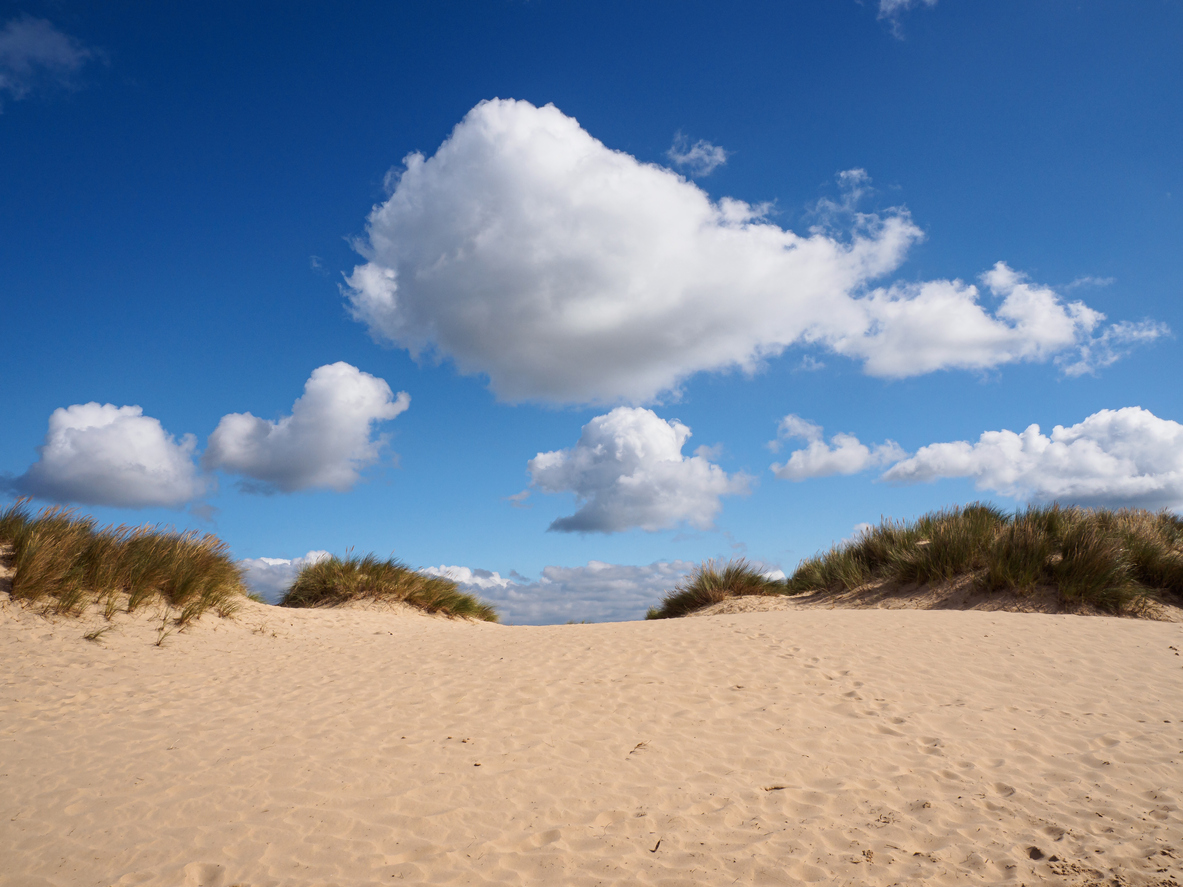
The white-gold beaches of North Norfolk feature regularly on lists of the UK’s most beautiful. Given the county’s relatively low road infrastructure, with no motorway to speak of, they are also blissfully crowd-free.
Holkham Beach – which provided the backdrop for the closing scene of Shakespeare in Love – is a particularly lovely spot. On the shore there is a semi-circular basin which fills up at high tide to form a bluey emerald lagoon. Holkham National Nature Reserve is England’s largest national nature reserve and free to access via dedicated footpaths. Its landscape of salt marshes, pine forests and dunes is home to interesting species such as pink-footed geese and antlions.
Base yourself at Cloud Nine, a glamping site with its own private 52 acre lake. There is a whole host of activities on offer for all ages, from horse riding and zip lining to wine tastings, as well as gourmet street food stalls and restaurants to refuel. There is free Wifi across the campsite – although you may prefer to unplug completely and spend the evenings stargazing.
It is around a 35 minute drive from Cloud Nine to the coast. Prices start from £132 per family per night.
cloudnineglamping.com/norfolk/
The Welsh borders
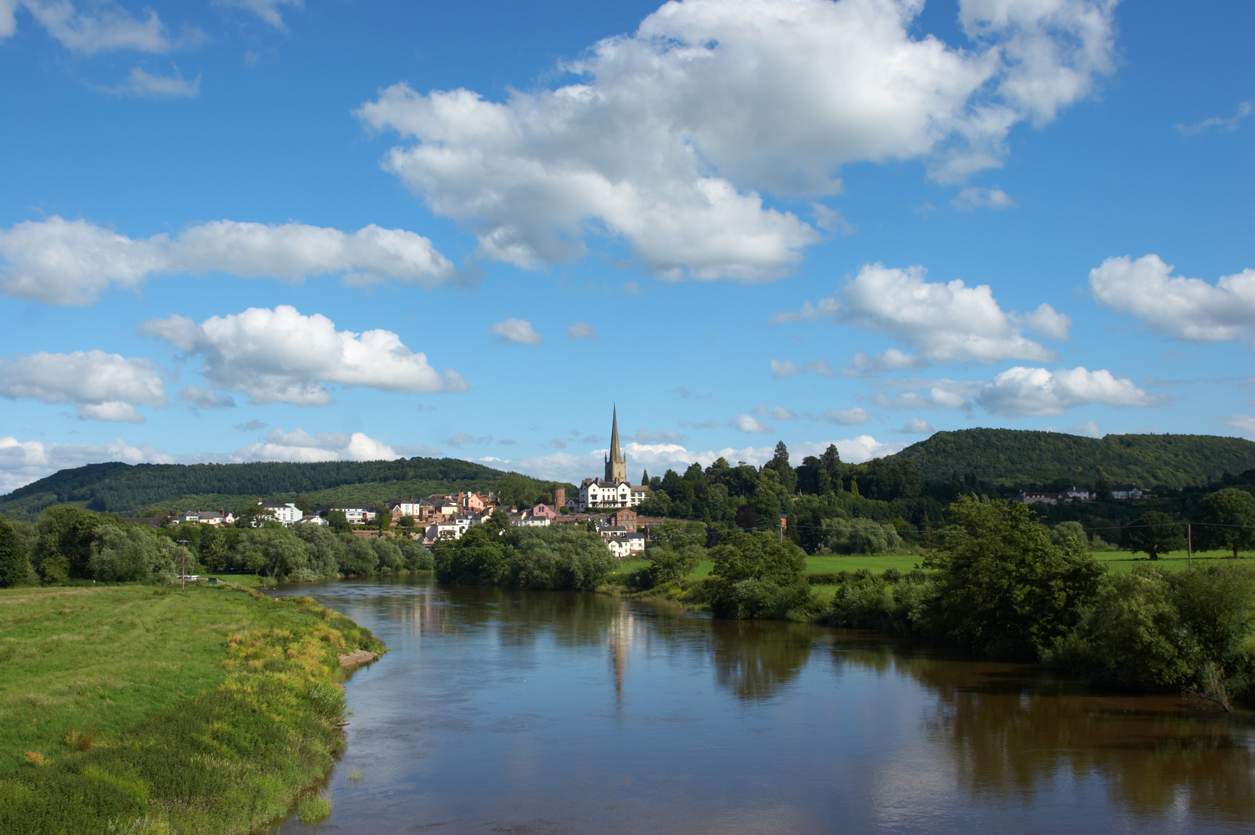
While Welsh seaside areas such as the Gower and Pembrokeshire are no longer the hidden secrets they once were, the country’s borders remain off the radar of most staycations.
Despite the lack of coastline, border regions such as Ross-on-Wye and Hereford are superb places to practise watersports including kayaking, paddle boarding and wild swimming thanks to the ancient River Wye snaking along the Wales-England divide.
The eco-lodges at Cynefin Retreats take the feeling of escapism to a new level. Nestled in their own private woodland-meadow, each of the four wooden lodges looks out in its own direction, meaning the views from the glass doors or from the hot tub on the veranda could trick you into thinking you have the whole of the surrounding countryside to yourself.
Make sure to stock up on barbeque fodder from the excellent butcher in Hay-on-Wye, which often has freshly shot pigeon or local game on the counter. A peruse through Hay’s famous bookshops is also a must. Prices at Cynefin start from £170 per night.
The Uists

A circa 10 hour drive from the south of England to Mallaig, on the tip of Scotland’s north coast, followed by a 3.5 hour ferry, is not for the faint-hearted. But it should not put you off visiting the Isles of North and South Uist in the Outer Hebrides.
Their crystal clear water and powder-white beaches could make you think you were in the Caribbean – if not for the heather-clad dunes and chilly sea temperature. Aside from being home to Europe’s largest breeding seal colony (with around 9,000 pups born each year), the Isles of Uist also play host to golden eagles, red deer and red grouse.
A memorable way to explore the Hebridean beaches is on horseback. The Uist Community Riding School offers hacks along the shore for around £20 per person. Swing by the Hebridean Smokehouse on North Uist to stock up on local delicacies such as salmon smoked in whisky barrel oak and peat-smoked scallops. Stay beyond the Bank Holiday weekend to make the most of the epic journey.
Skomer
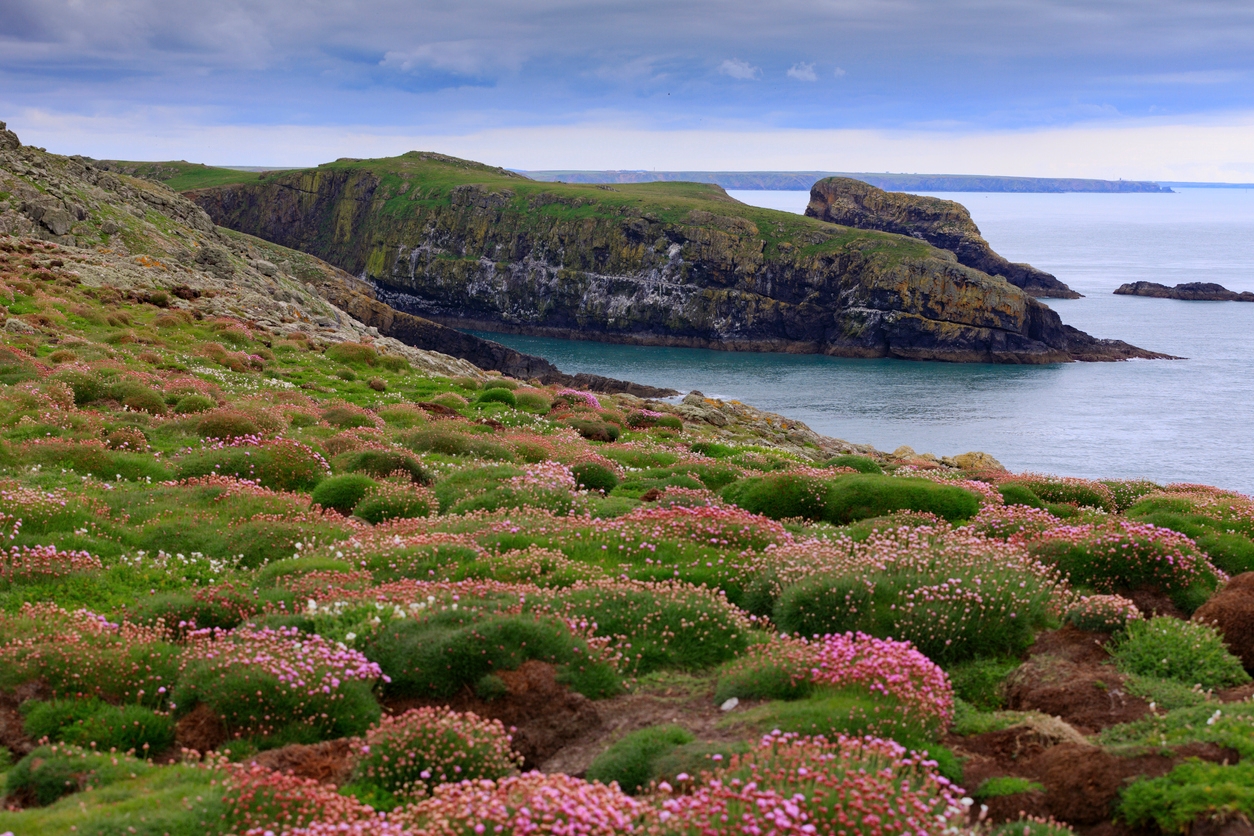
Sitting less than a mile off the coast of south west Wales, Skomer Island plays host to one of the largest puffin colonies in Britain.
Wandering round the island you often find your path blocked by a family of puffins basking in the sunshine and get off the boat to see dozens of the birds whirling round your head.
Skomer is also home to the world’s largest population of Manx shearwaters, a small seabird, as well as seals and dolphins in the surrounding bays. The number of visitors to the island is restricted to limit any impact on the local wildlife and prevent erosion – so you can be sure you won’t be swamped by crowds.
There is some accommodation on the island but it books up quickly so you may have to stay on the mainland and come for the day via the boat leaving Martin’s Haven at 9am.Trehill Farm, not far from the dock, has a number of holiday cottages sleeping from six to eight guests. The properties cost from £450 per week.
Portugal
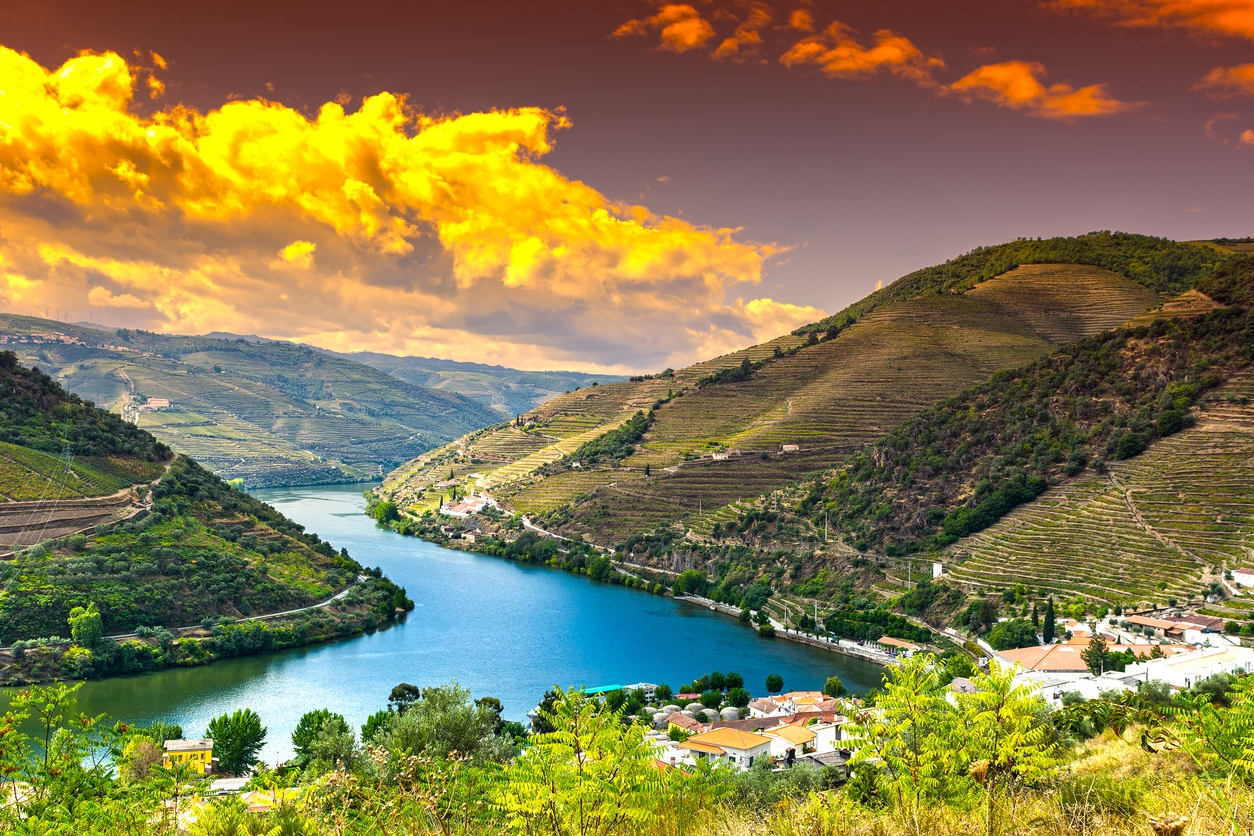
While foreign travel has restarted, many have been burned with too many cancelled trips in recent times to risk booking. For those brave enough to do so it really pays off as you can explore in relative peace places that would usually be stuffed with tourists during summer. Porto, Portugal’s second city, is an excellent example.
You can easily find stunning Airbnbs in the heart of the downtown sleeping four for less than £100 per night and flights from London cost from £17 with Ryanair.
Make sure to cross the Douro river and wander through Gaia, the port making district, stopping off for tastings along the way.
Churchill’s Lodge is a secret local spot, which aside from doing tours and tastings also has a hidden riverside terrace offering tapas and imaginative port cocktails.
Those wanting something more off grid should head two hours outside Porto to the Douro Valley, home to the vineyards where the grapes are sourced for all port wines. The vineyard supplying Churchill’s, Quinta da Gricha, has a pretty farmhouse with panoramic views of the surrounding UNESCO countryside which can be booked from around €200 per night for two.
churchills-port.com/quinta-da-gricha/
Slovenia
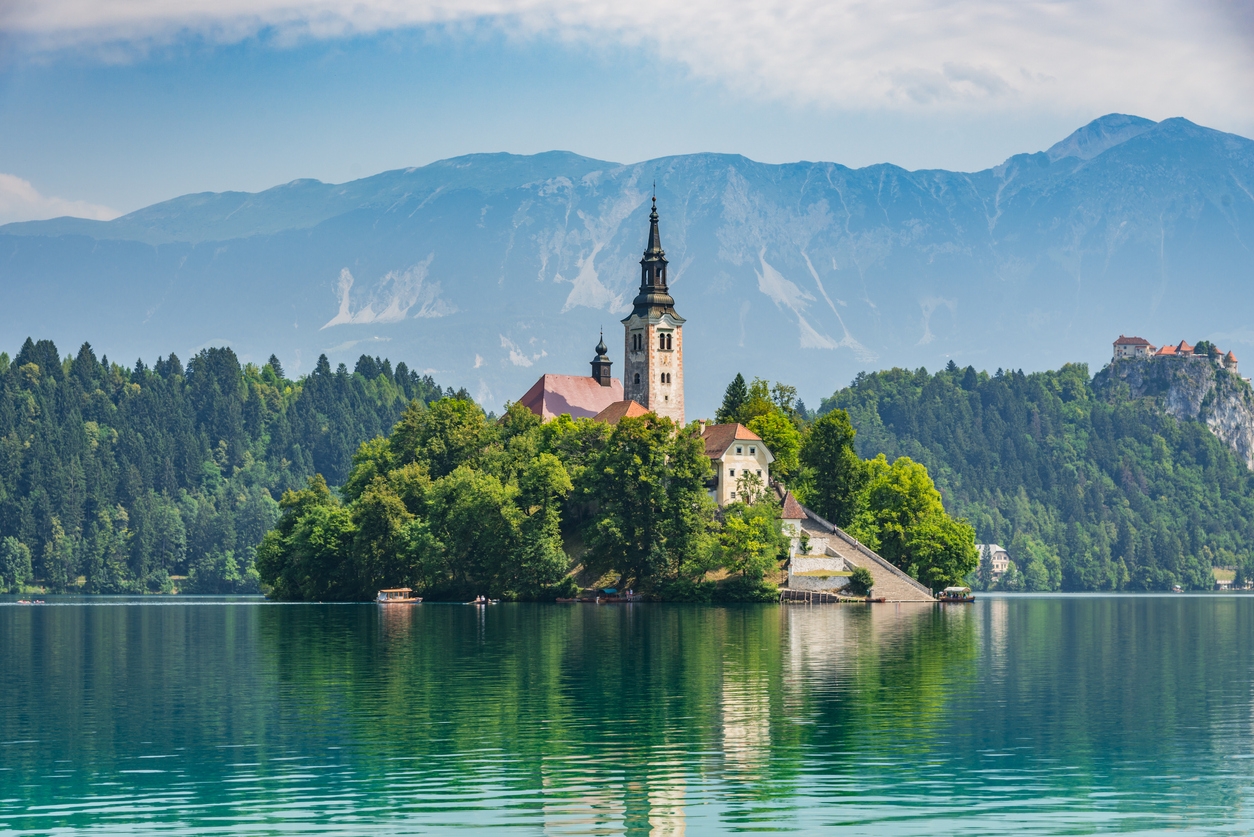
Currently on the UK’s travel green list, Slovenia is known for its turquoise-green lakes and pretty medieval towns. Despite its growing popularity, it still receives fewer than half the tourists its neighbour Croatia receives each year.
Its capital Ljubljana has lots of green spaces, with most of the city centre given over to pedestrians and cyclists rather than cars.
Ljubljana has a strong cafe culture, so there are plenty of coffee shops from which to admire the baroque architecture and sixteenth-century castle. Immerse yourself in the local culture even further with a few day trips to smaller towns such as Laško, a spa town around an hour from Ljubljana.
B&B Slamič is a charming family-run hotel in the old town. Rooms cost from €109 including breakfast. It often hosts concerts, with styles ranging from classical to jazz.

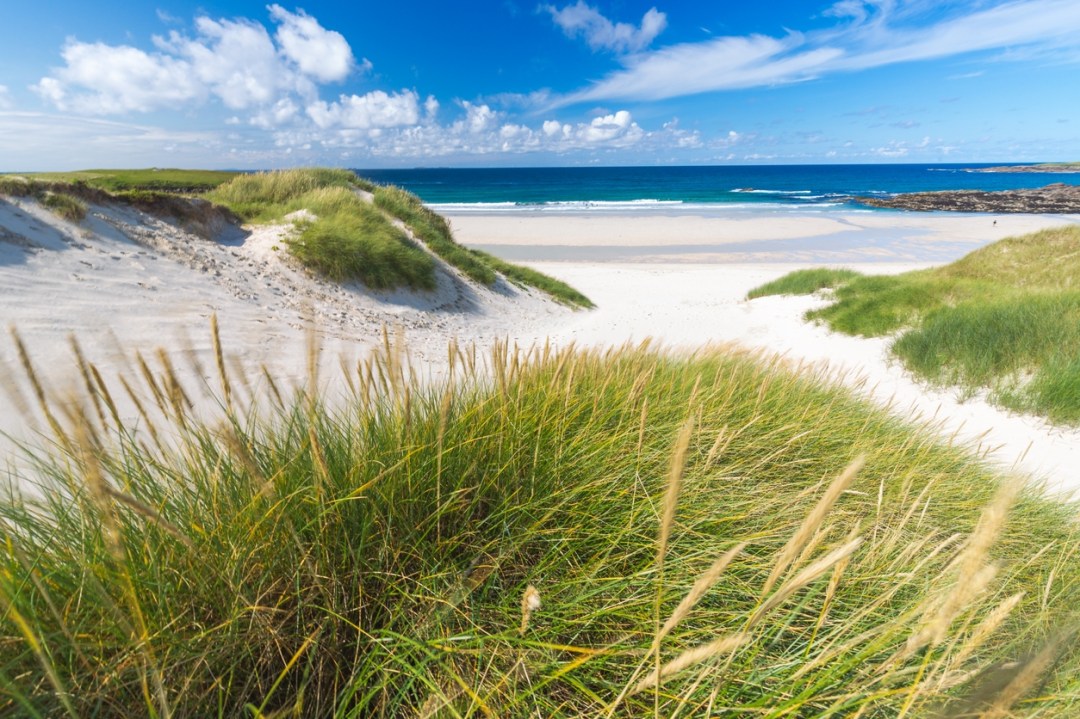
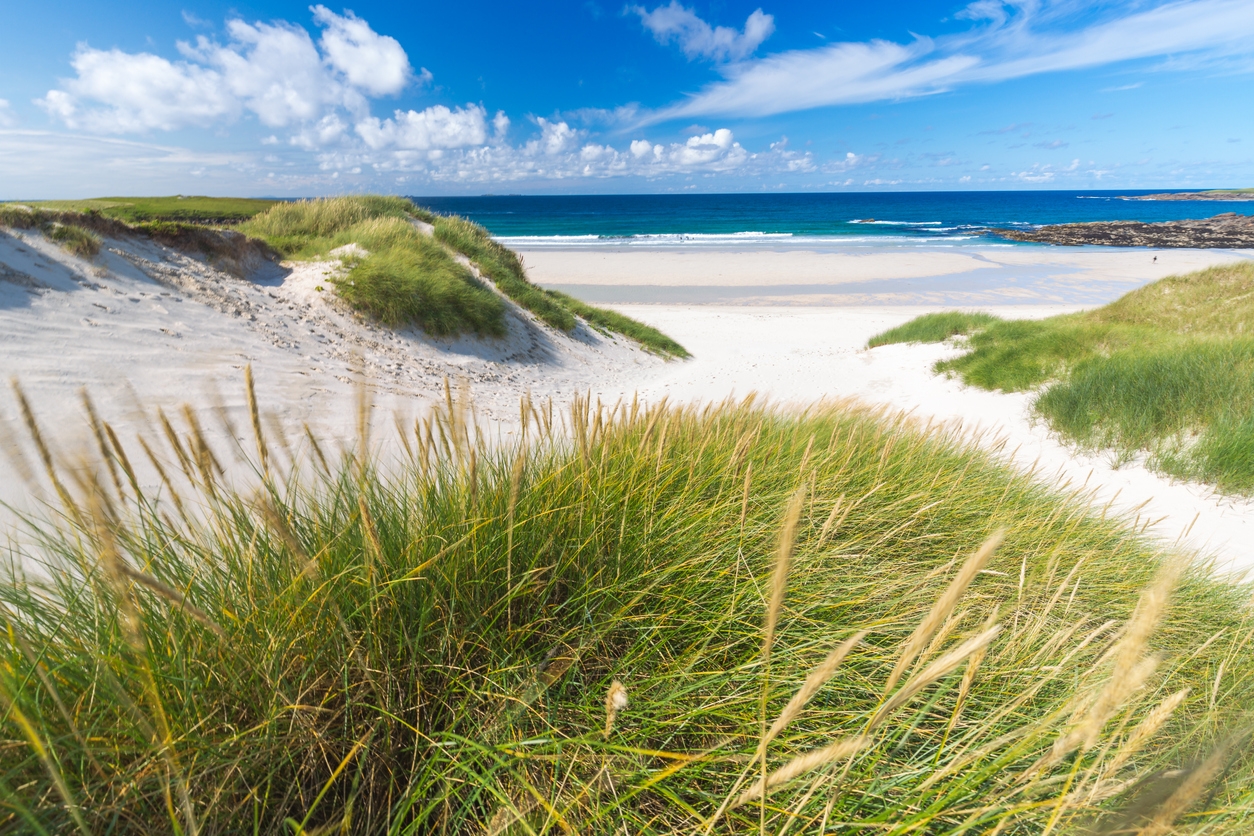




Comments